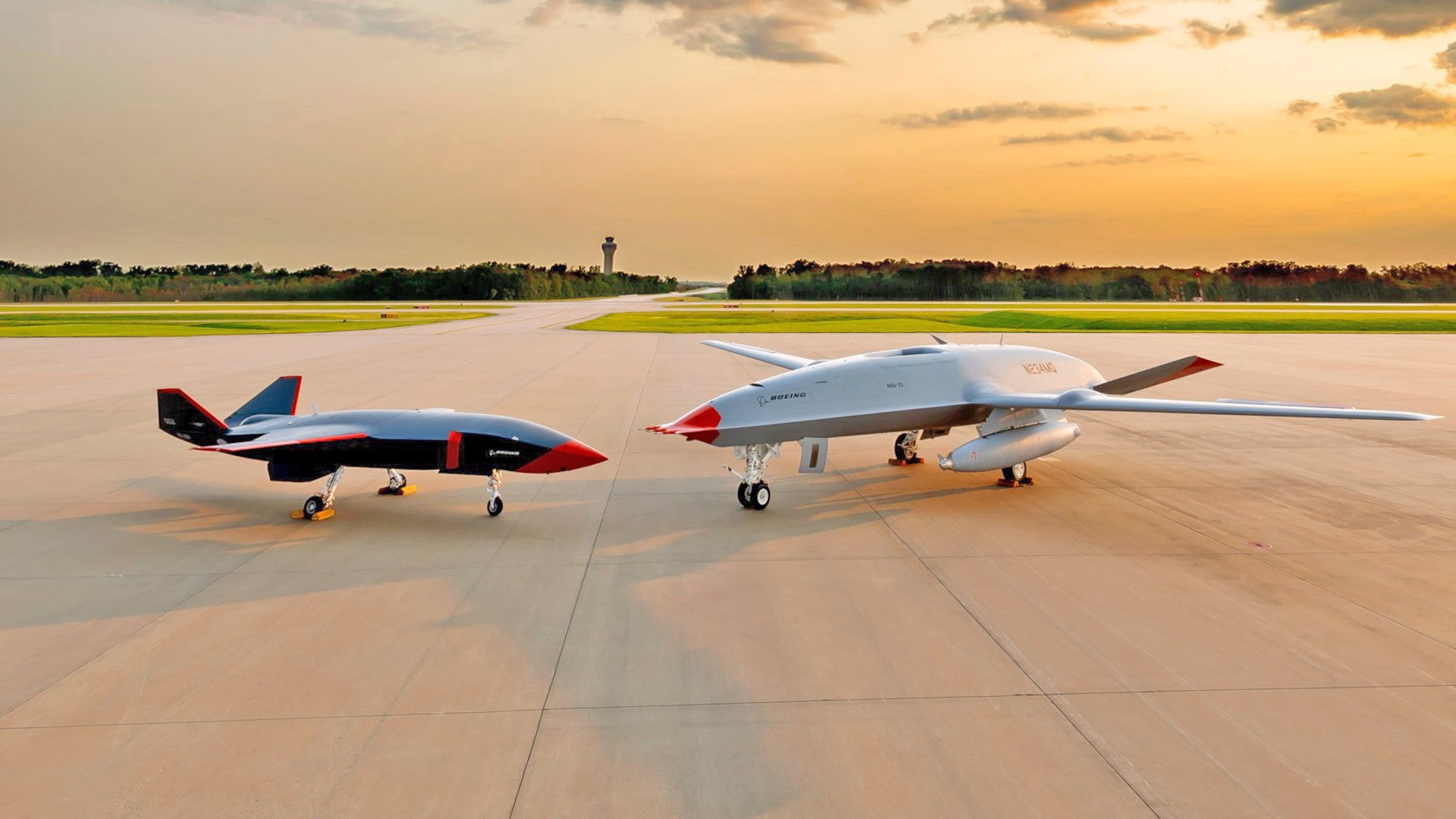The MQ-25 Stingray: Revolutionizing Carrier Fleet Operations
The future of naval aviation is undergoing a significant transformation with the development of the MQ-25 Stingray, an unmanned aerial refueling drone by Boeing. This cutting-edge technology holds the promise of reshaping the capabilities of the F-35 fighter jet and bolstering the U.S. Navy’s strength against formidable global competitors.
Boeing’s MQ-25 Stingray is designed to serve as an uncrewed aerial refueling drone, and its potential impact on naval warfare is profound. By effectively extending the striking range of U.S. carrier-based aircraft, the Stingray addresses a critical vulnerability that has emerged in an era of evolving missile technologies from nations like China and Russia.
The U.S. Navy’s reliance on carrier fleets for power projection has long been a cornerstone of its global strategy. However, the advent of advanced anti-ship missile systems, such as China’s DF-21D and the hypersonic DF-17 missile, along with Russia’s 3M22 Tsirkon, has raised concerns about the safety and effectiveness of carrier operations within the threat envelopes of these missiles.
The potential consequences of a successful missile strike on a U.S. carrier are dire, as experts warn that a single hit from a missile like the Tsirkon could incapacitate or even destroy a carrier. This situation compromises the Navy’s ability to project power and protect American interests, especially in the Pacific region where China’s anti-access and area-denial strategies are becoming increasingly sophisticated.
Enter the MQ-25 Stingray. This innovative drone is equipped with an interconnected navigation system that enables it to deliver substantial amounts of fuel—up to fifteen thousand pounds—over distances approaching six hundred miles. This extended operational range empowers carrier-based fighters, particularly the F-35C jet, to engage in missions with enhanced survivability and attack potential without being constrained by their carrier’s limitations.
The significance of the Stingray’s contribution to naval warfare cannot be overstated. It opens up new avenues for offensive operations that were previously deemed too risky or unfeasible. These include targeted strikes on critical enemy infrastructure, engagement with multiple targets in a single sortie, and greater flexibility in adapting to dynamic combat scenarios.









